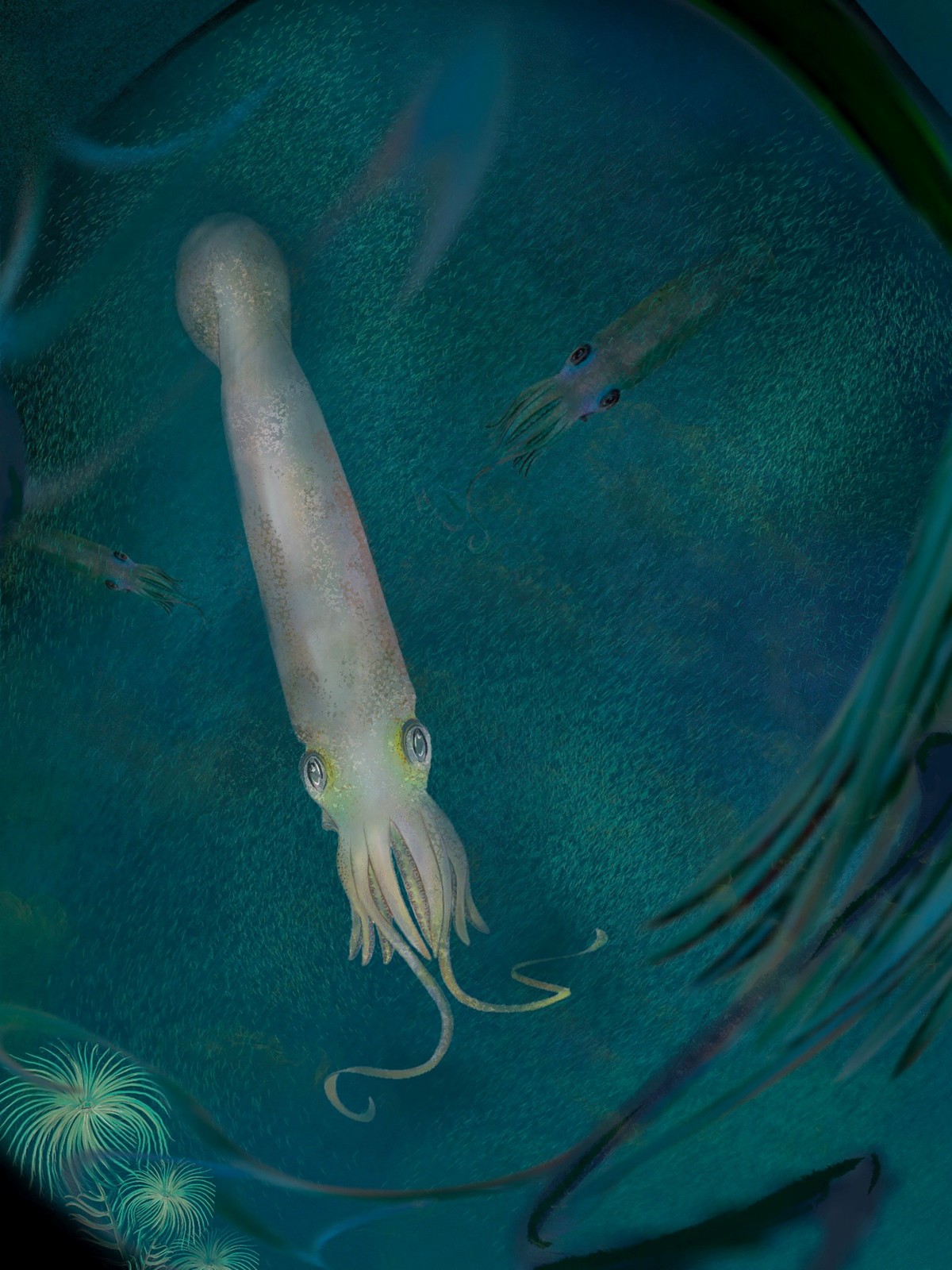The approximately 300 known species of octopus that inhabit our oceans have a unique characteristic: they have eight arms. O Syllipsimopodi bidenithe oldest relative of today’s octopuses, had ten.
The new species, just 12 cm long, was discovered during an excavation in an old bay in the state of Montana, in the United States, and was named after President Joe Biden as the researchers wanted to honor the American president’s commitment to science. .
The discovery represents a unique find for scientific research because fossils of soft animals, such as octopuses, are rarely in a state of conservation that allows their study.
- Dinosaur fossils are illegally removed from Brazil
Despite this, this fossil was ignored by science for more than 30 years; it remained for decades in Canada’s Royal Ontario Museum until American paleontologists Christopher Whalen and Neil Landman decided to study it.
“Octopuses are the smartest invertebrates and are among the smartest animals of all. It’s fascinating to know where these unique animals came from evolutionarily,” said Whalen, a postdoctoral fellow at the American Museum of Natural History in New York and Yale University. .
Cephalopods (octopus and squid) are some of the most diverse and fascinating molluscs on our planet. They conquered all the oceans, survived the five biggest extinctions in Earth’s history and today they number about 800 species.
- Researchers discover fossil of a 10-meter prehistoric animal
The authors suggest that the characteristics of the Syllipsimopodi bideni make him the oldest member of a group called the vampirepods. This is the group of cephalopods that includes modern octopuses and the “vampire squid” which, despite its name, is closer to the octopus than to the squid.
Syllipsimopodi bideni, the oldest relative of today’s octopuses, has ten arms. Its name is a tribute to President Joe Biden. — Photo: Reuters/AMNH/S. THURSTON
Today’s vampire squid have eight arms and two thin filaments that scientists have long considered vestiges of ancient arms. Octopuses do not have these vestigial filaments (structures that have lost or changed their main functionality).
“Syllipsimopodi is the first fossil to demonstrate that, yes, vampirepods ancestrally had 10 arms, as we predicted,” Whalen said.
Until now, vampirepods were thought to have originated in the Triassic Period, around 240 million years ago. But this new species goes back more than 82 million years, which is longer than what separates humans from Tyrannosaurus rex.
